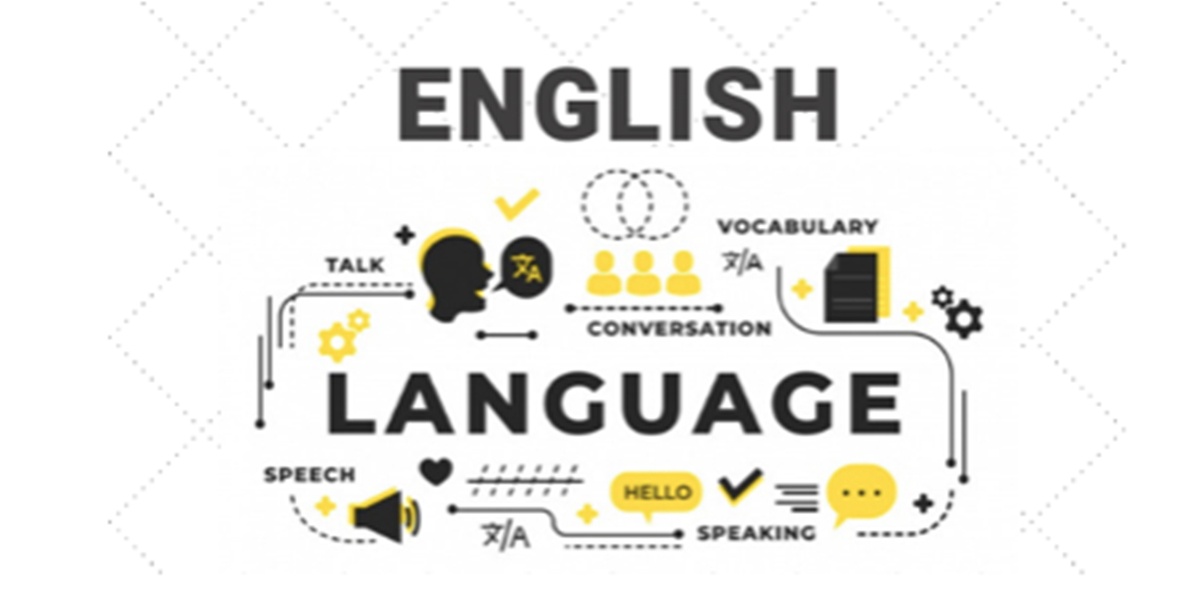China has approximately 295+ live languages and India has 22 major languages written in 13 different scripts, with over 720 dialects. The English Language is where the Dragon meets the Elephant. In terms of Language diversity, India and China are two nations that stand out yet English being a global business language and India China becoming the global business hubs and providing global workforce, it is essential that we focus on the importance of English learning and the countries’ capability to do so.
The landscape of English learning in the two countries is vastly diversified and here are the reasons why?
Firstly, one of the basic reasons of difference and Edtech ventures face in English Learning space is that children in India are discouraged from using mobile phones, tablets, internet, as a parent suspects that this will spoil their kids early when she should be instead preparing for medical or engineering test prep which does not test students on English at all; Government job tests do and private jobs test English during the interview.
Whereas, in China, English is tested as a subject in their national college entrance exam i.e. the Gaokao, which is the Indian equivalent of JEE and NEET. Gaokao has four three-hour papers: Chinese, English, Maths and a choice of subject from science or humanities (biology, chemistry, physics, history, geography, politics).
Students in India, start preparing for JEE/NEET (college entrance exams for engineering and medical colleges), as early as class 5th and English takes a back seat. At a government policy level, if India introduces English as a compulsory paper in the syllabus for JEE/NEET test prep, it will open up the English learning market for K-12 kids, overnight. But today, there is neither pull factor not push factor for this target group.
Apart from that, In India, English is primarily learned to get a white-collar private-sector job or for a social upliftment/peer pressure. Also, when the child goes back from school to home, Parents and guardians speak to the child in their local language, which is essential but at the same time hampers the English Learning of the child. This opens up the market catering to parents who would want to assist their child with studies and keep up with the fast pace English speaking society.
A pull factor for the target group of learners who want to learn English for a social upliftment or peer pressure is not that strong even today. The pull factor or a semi-push factor for English learning for job-seekers is really strong. But the bad news is if we consider the overall private-sector job creation in India, it’s not good and also, whatever jobs are created are taken by a handful of urban people; such is the inequality in education in India. English is taught in urban schools from the beginning so they might not need English learning from a 3rd party. Thus the target group which has a strong pull factor to learn English for both social pressure, as well as employment, are the job seekers coming from Tier-2,3,4 towns.
Regarding Government Job test takers,
- Out of the 70mn plus Govt job test takers every year, only a handful get the offer from the government (~0.5m). Rest go for the private sector jobs and look to further skill themselves for the private sector in which English is a major non-tech re-skilling they like to go under for white-collar jobs.
- At NeoStencil, 80% of the paid users come from Tier 2,3,4 towns who apply and prepare for various Govt job exams but at the same time have shown great interest in English learning so as to increase their chances of landing a job in the Private sector.
- The English learners will not be kids here but adults (18-40 Yrs) in this segment.
Why English learning through Ed-tech couldn’t pick up like China?
Taking advantage of hindsight, English learning startups out of India couldn’t solve the matrix as they focused more on developing the tech first and tried to match the same with the needs of English learners and that tech-first approach, unfortunately, couldn’t bridge the gap. Also, the needs of Indians are different compared to other countries. I genuinely believe that no one solves this the way Chinese Edtech players does for their English learners. Ed-tech ventures like VIPKID, DadaABC, iTutorgroup, 17zuoye and so on. Focussing on the ground problems and then using tech as an accelerator and a tool to meet the needs and to reach the last mile student is that hedgehog concept which China’s english edtech startups have fathomed. The difficulties in test prep or English learning are elementary and written on the wall and demand a more straightforward solution, but the solutions developed are usually tech-first and thus complicated.
Was it the timing?
Considering the great internet reach and affordable mobile devices that India has seen in the last 1-2 years, the timing to address the English learners was never better than today with the right solution. A survey of 1000s of English learners would actually help identify that market fit product.
I’m very confident that a curated marketplace and an interactive platform will be the right solution. Considering the different demographics and speaking accent across India, it’s also important to have regional trainers, who are well versed in English and regional language and dialect, listed on this marketplace.















